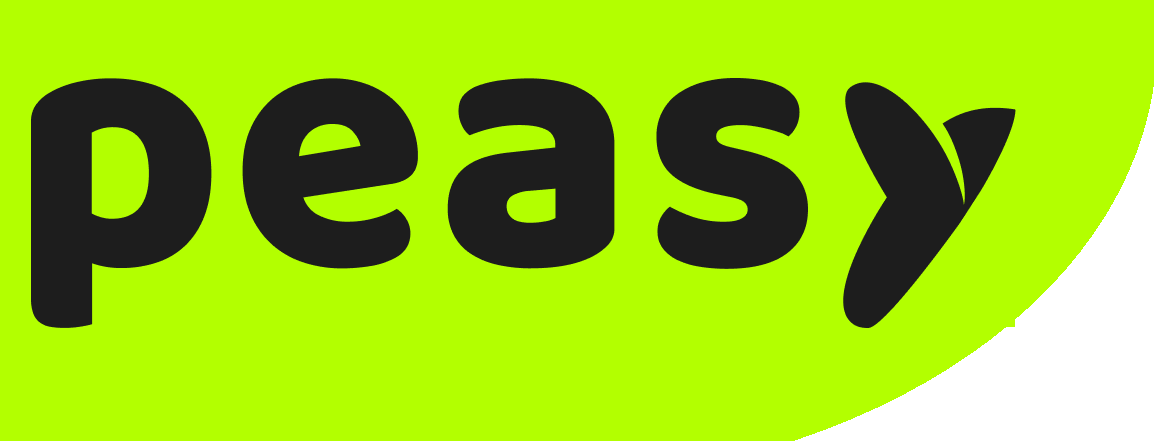Very much like everything else in Digital Marketing, your Facebook Lead Form’s can be optimized. Why do we say this? Much like what we shared in our previous lesson on how to create Lead Form’s, where we learnt that a simple change in our Lead Form gave us more volume and better quality leads and this was all due to optimization. This section aims to teach you on how optimize your Lead Form scientifically.
Before we begin
Optimization in essence is a journey of experimentation, therefore it requires understanding and research before you establish a hypothesis. This experimentation covers on behaviour and segment psychology, questions you want to ask are;
- How does this audience segment interact with my Lead Form?
- Is the additional information provided in the Lead Form enticing enough?
- Are the questions I am asking too many?
- Are the questions I’m asking from my potential leads relevant?
- Are the questions I am asking intrusive to a potential leads privacy?
- Are the information I’ve been collecting up to date?
Now that you have established your questions, establish your problem statement. We’ll share a bit on our personal experience, we ran a lead generation campaign targeting the Indonesian demographic. Taking a look at the performance metric, what we found was that the lead contactable rate was amazingly low. So our problem statement here is that Lead’s collected from our lead generation campaign, by majority, is uncontactable or the owner of the phone number is not the intended person. Having established our problem statement, we then moved to developing our hypothesis and methodology in order to improve lead contact rate.
Developing a hypothesis
Developing a hypothesis for your Lead Form is rather simple, since Facebook Lead Form mechanics are rather basic in nature. So the variable of control is limited to questions, information provided and format.
Based on our scenario, we hypothesize that the Phone numbers that we have collected through our Lead generation campaigns are uncontactable because it is outdated information. Therefore our hypothesis statement is that “If we change the way we collect phone numbers, then our lead contactable rate increases”
Developing your methodology
First you would like to set your control, take a duration of 1 week and record the performance. For the experimentation, you would want to run the experiment for 1 week. Keep everything else constant, budget, bid, timing, etc. You’ll only want to change your lead form here, changing anything else will affect the outcome of your experimentation. Next decide on what you want to change, for example, based on above scenario, we changed the way we asked for contact information. Our methodology involved us changing the question asking for Phone number from a standard field provided by Facebook to a custom question asking for the same thing.
Our control metrics and measurement looked like this, before implementing changes to the lead form, our contact rate is 30%. So the variable we want to influence is contact rate.
Do ensure that your methodology changes ONE THING ONLY. We can’t stress this enough because what we find having worked on so many different campaigns, is that when people do optimization, they change one too many variable in a single experiment. This is a major problem because when trying to validate your experimentation, you are now unsure of what variable contributed to the increase in performance. This learning is important because much like when creating a winning recipe for baking a cake, you don’t know what ingredient made your cake tasty.
Hypothesis testing
Your hypothesis testing should aim to do only 2 things, to validate or invalidate your hypothesis. It should do no more than that. Your hypothesis testing should look like this
- Changing (question/format/information) resulted in the increase of (lead quality/lead volume)
- Changing (question/format/information) resulted in no change/lower of (lead quality/lead volume)
For example, say our scenario, ours looked like this;
- Changing the (phone number question to custom field) resulted in the increase in (contactable leads)
- Changing the (phone number question to custom field) did not increase in (contactable leads)
With the backbone of the experiment established, it is time to move to the next step. implementing your experiment to your lead form. On Peasy, create a new lead generation campaign using the new lead form with the changes and observe throughout the duration of 1 week. If you notice that there is an improvement in performance or the variable that you are testing, then your experiment is a success. In our case, what we did was that after changing the standard field to a custom field. We saw that by the end of the week, the lead contactable rate increased to 80% versus the 30% we initially had. This proved our experiment and our lead form is now optimized for lead quality. In the case that your experiment has failed, you would want to redesign your experimentation to then test for other variables. There are a number of things you can test upon, what I say you generally need to look out for is information provided and how you ask questions as these variables contributes the most to lead volume and lead quality. Following this pillar in optimization, you can optimize on different things, as long as you do it one at a time.
